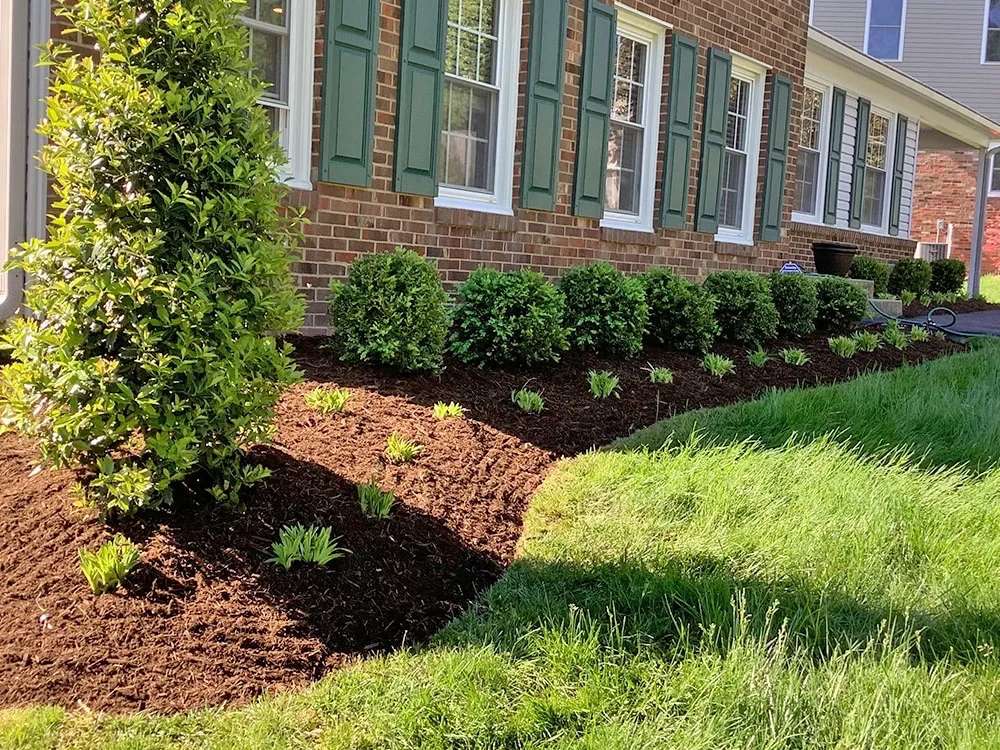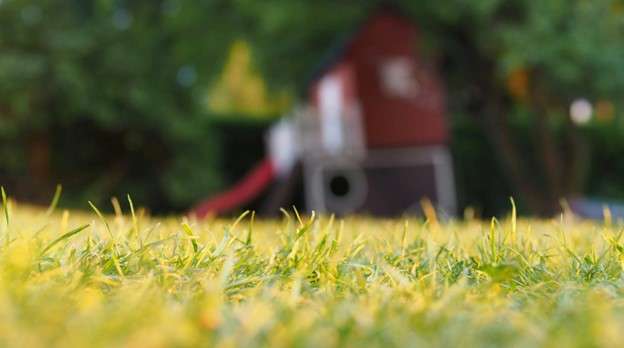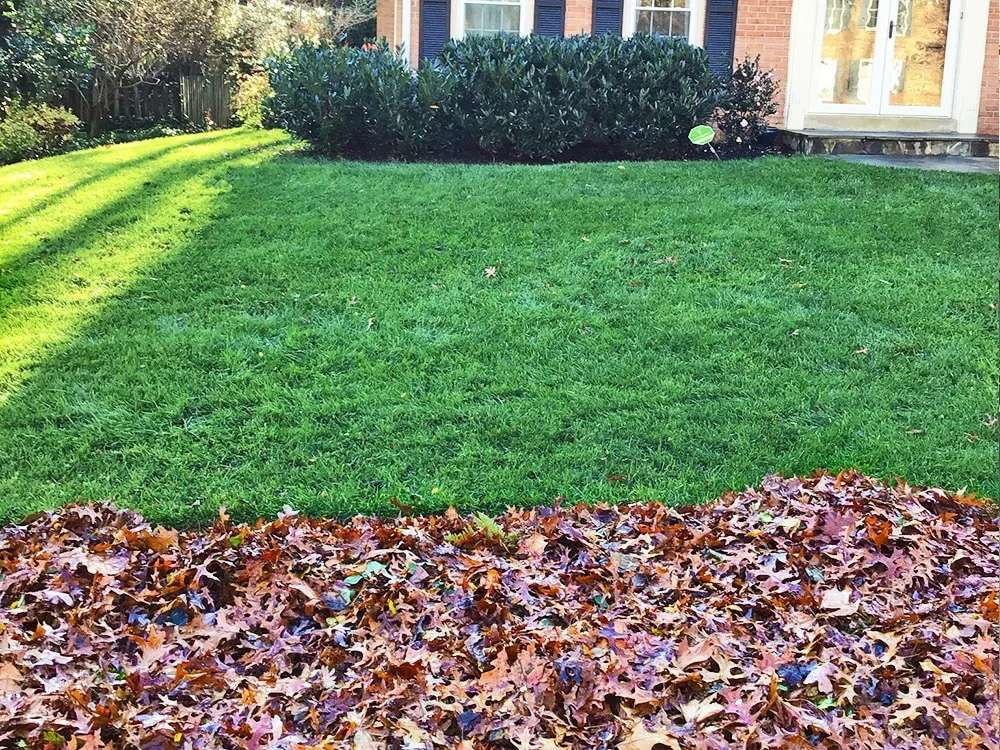Why You Can Make Grass Angels | Safe, Organic Lawn Care by MowCow
https://www.youtube.com/shorts/VhQPlcq-3vY
Ever wonder if it's safe to roll around on your lawn after it’s been treated? Most big-name lawn companies would say no — thanks to harsh chemicals that linger for days.
Lawn Care and Landscaping In Centreville
Our team offers expert landscape design and installation services in Centreville, VA. We install native plants that will thrive in our area including hydrangeas, bushes, and other native trees. Visit: https://mowcow.com/service-area/centreville-va/ to know more.

Native & Drought-Tolerant Landscaping for Climate Resilience
As rainfall patterns shift and summers grow hotter, many homeowners are rethinking their outdoor spaces. Water-thirsty lawns and delicate imported plants may look good on day one, but keeping them alive can turn into a costly, time-consuming chore. One of the smartest ways to build a yard that works with, not against, the climate is by choosing native and drought-tolerant plants.
These species are adapted to local conditions, often requiring little to no irrigation once established. They're built for the soil, the sun exposure, and the dry spells that are part of life in many parts of the country. That’s less money spent on water and maintenance and more time enjoying your yard instead of fighting with it.
So, Why Native Plants Work So Well
Native plants have evolved in the same region where you live. That means they’re already used to the seasons, pests, and weather swings. Because they don’t need constant watering or pampering, they’re perfect for busy homeowners looking to cut back on yard work. They also offer a huge bonus: support for local pollinators like bees and butterflies.
Think of coneflowers, black-eyed Susans, yarrow, and milkweed, all beautiful and resilient choices that create a lively, low-maintenance garden. You’re not just planting for looks. You’re helping the local ecosystem survive and function.
Tough Plants for Dry Times
Drought-tolerant plants can take the heat and go long stretches without water. Many of these, like lavender, sedum, and ornamental grasses, store water in their roots or leaves. Others grow deep roots to tap into groundwater. Whether you’re dealing with water restrictions or simply want to reduce your utility bill, these plants are worth considering.
Mulching around them helps retain moisture and keep weeds down. And by grouping plants with similar water needs together, you can make your irrigation even more efficient.
A New Look for Your Yard
This type of gardening doesn't mean sacrificing style. In fact, native and drought-tolerant gardens can be full of color, texture, and movement throughout the seasons. Mix flowering plants with native shrubs and grasses for a space that changes month by month.
Even if you still want a bit of traditional lawn for the kids or pets, you can shrink it to a smaller area that’s easier to manage. Then let the rest of the yard do its thing naturally. For help keeping your smaller turf areas tidy, you can always turn to professional lawn mowing in Centreville VA services.
Support from the Ground Up
Soil health matters too. Native and drought-tolerant plants often do best in unamended, well-drained soil. Avoid over-fertilizing, which can do more harm than good. If you’re not sure where to start, working with trusted landscapers in Centreville VA can make the transition smooth.
These professionals understand how to select and place plants, improve water efficiency, and build sustainable outdoor spaces that look good all year. Regular care, such as seasonal clean-ups and Centreville VA lawn care, can keep everything thriving without extra waste.
Final Thoughts
Native and drought-tolerant gardening is more than just a trend. It's a practical way to respond to a changing climate, reduce waste, and build beautiful yards that support the environment. With a little planning and the right plant choices, your yard can become a resilient, low-maintenance haven for years to come.

Is an Instagrammable Lawn Even a Thing? | MowCow Lawn Care With Heart (and Sass)
https://www.youtube.com/shorts/8zOqqK9042k
Does your lawn really need to be Instagrammable... or just a great place to enjoy with friends and family? In this playful and sassy video, Rick gets camera-ready on the lawn — but quickly finds out what truly matters isn’t social media likes… it’s lush, green, healthy grass you can actually enjoy in real life.
Residential Services
Our lawn care programs are specifically designed for the soil and weather that are unique to Northern Virginia and we use our own custom-designed seed. Visit: https://mowcow.com/service-area/manassas-va/ to know more.









